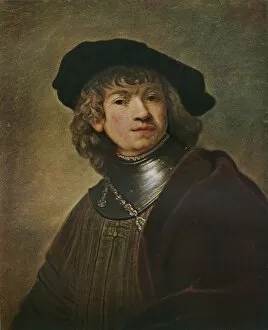Breast Ornament Collection
"Adornments of Power: Exploring the Fascinating World of Breast Ornaments" From ancient civilizations to European nobility, breast ornaments have been a symbol of status
All Professionally Made to Order for Quick Shipping
"Adornments of Power: Exploring the Fascinating World of Breast Ornaments" From ancient civilizations to European nobility, breast ornaments have been a symbol of status, beauty, and cultural significance throughout history. These intricate pieces not only served as decorative accessories but also carried deep meanings within their designs. Dating back to the 5th century BC-4th century BC, the Pazyryk Breast-Strap Ornament from the Altai Mountains showcases the craftsmanship and artistry of ancient riders. Its delicate details and exquisite patterns reflect a rich heritage that has stood the test of time. Moving forward in time, we encounter German craftsmanship with a Gorget from 1620/50. This piece exemplifies elegance and sophistication with its intricate design, showcasing how breast ornaments were used to enhance one's attire during this period. The Native American culture is beautifully represented by Sac & Fox Indian Chiefs captured between 1855 and 1865. Their ornate breast ornaments depict stories passed down through generations, connecting them to their ancestors while displaying their leadership roles within their communities. Renowned artist Rembrandt Harmensz van Rijn immortalized various individuals wearing gorgets in his paintings. "Old Man with a Gold Chain" (1631) portrays an air of dignity and wealth associated with these adornments. Similarly, "Tronie of a Young Man in a Gorget and Cap" (c1639) captures youthful exuberance combined with regal flair. Intriguingly named Laughing Man in a Gorget (1620-40), painted by Jan Georg van Vliet adds an element of playfulness amidst all this grandeur. It reminds us that even amidst formalities; joy can be found when expressing oneself through fashion choices. Breast ornaments were not limited to Europe alone; they made appearances across continents too.


















